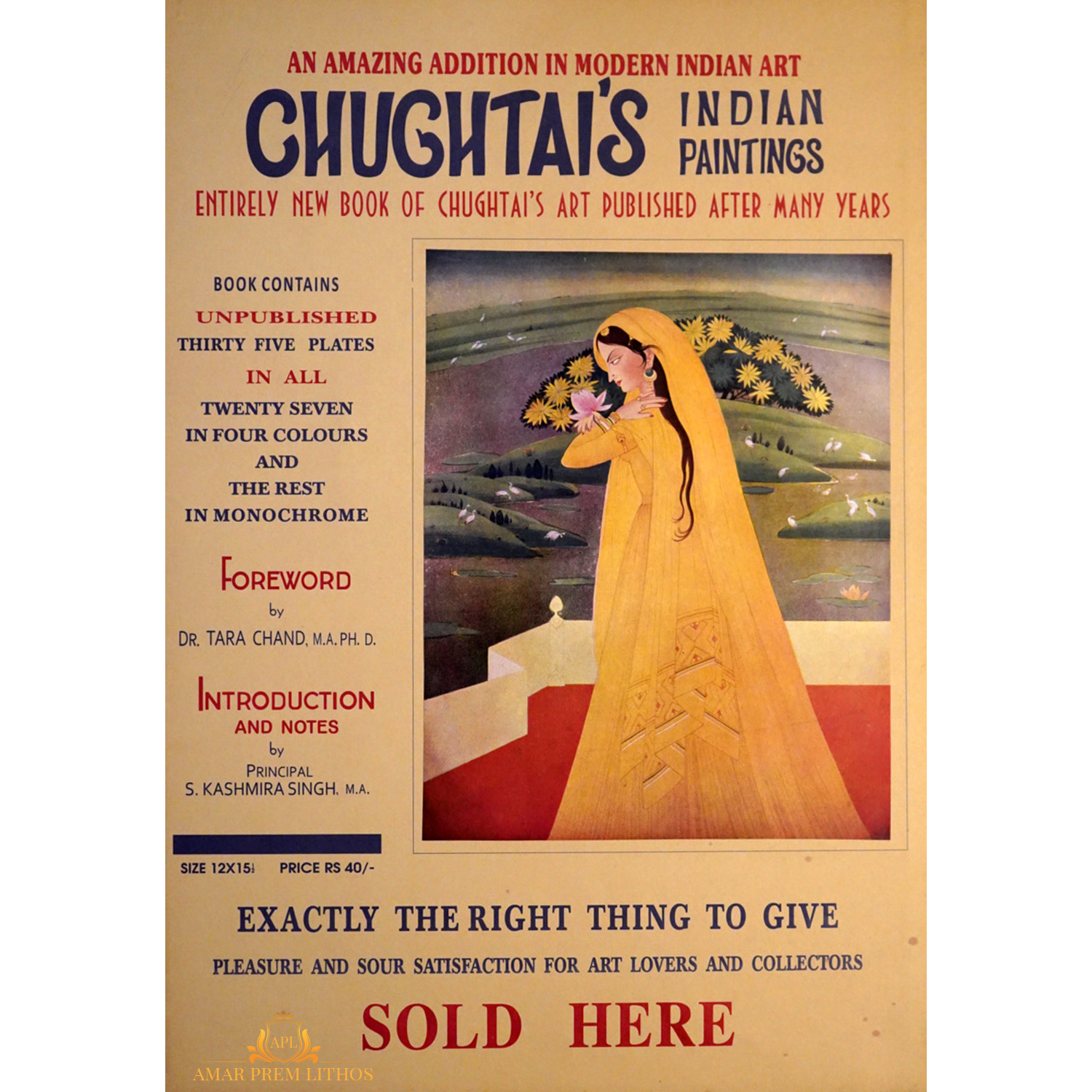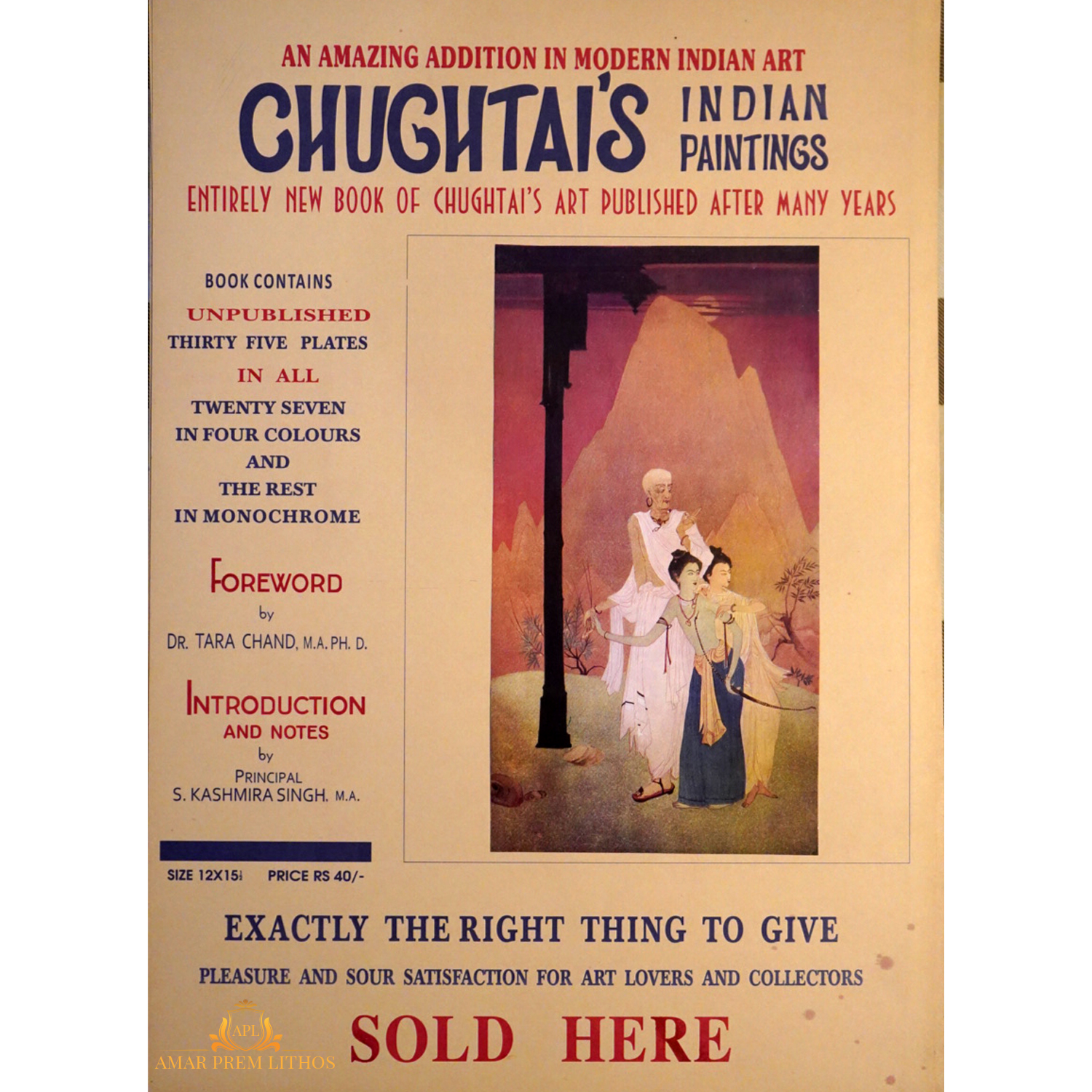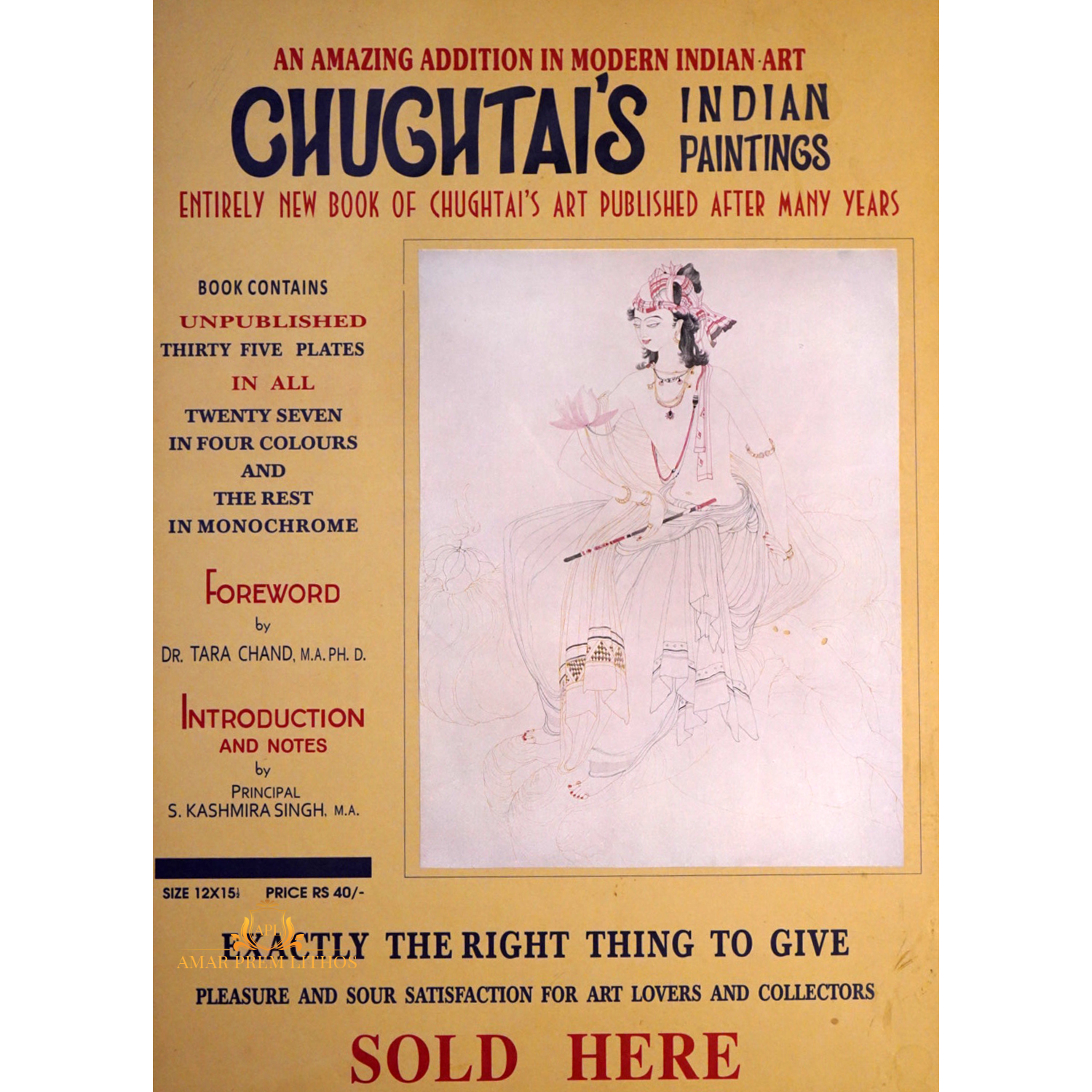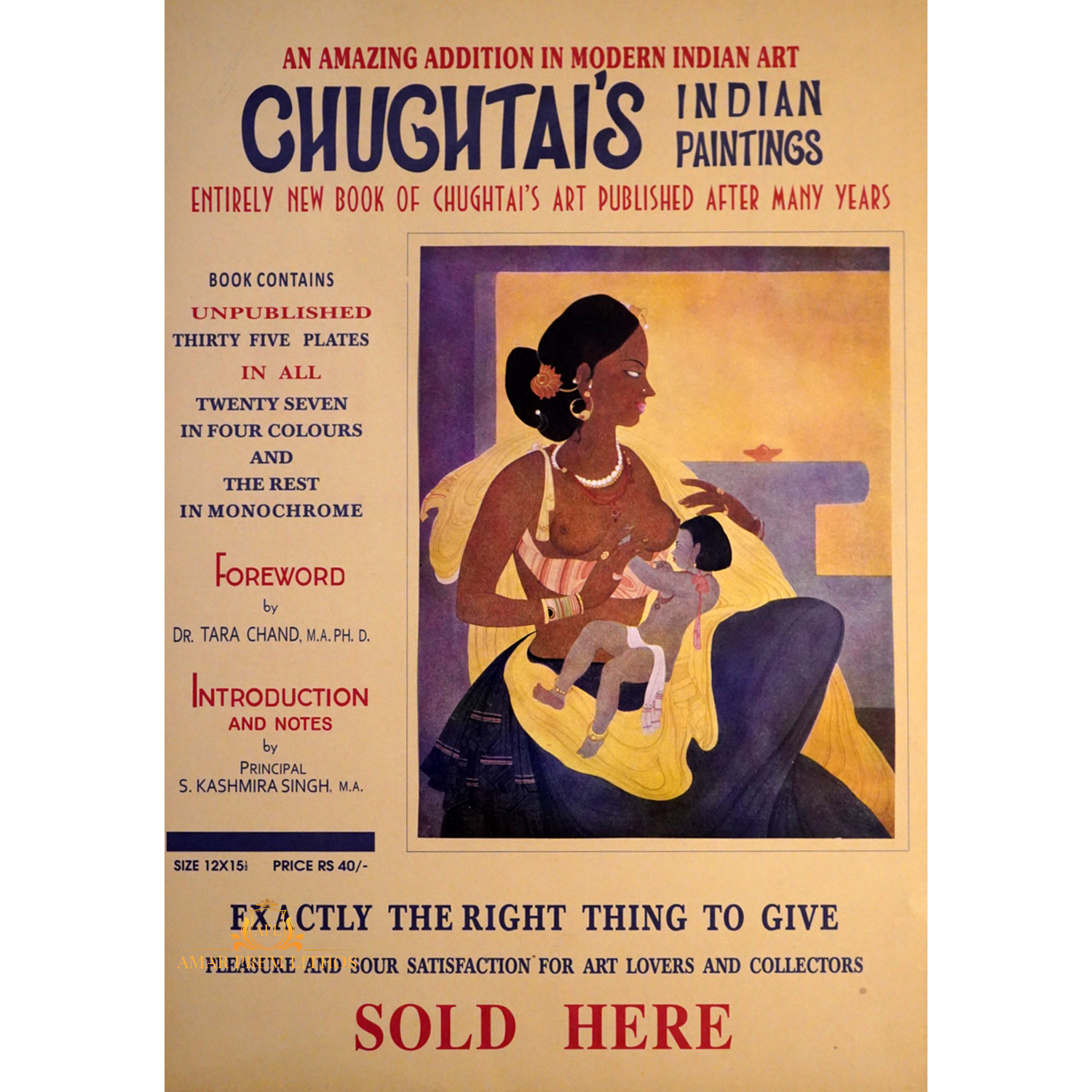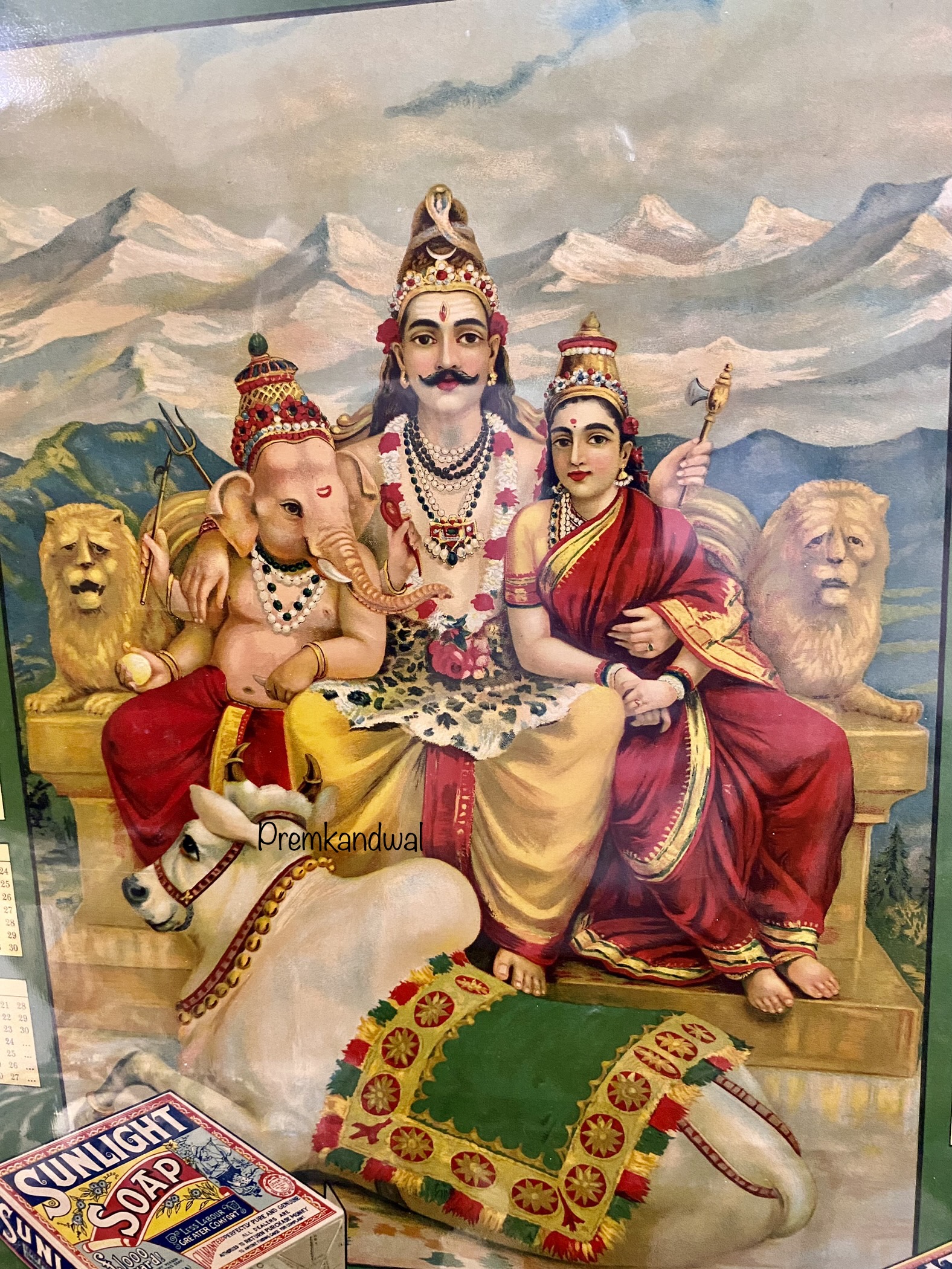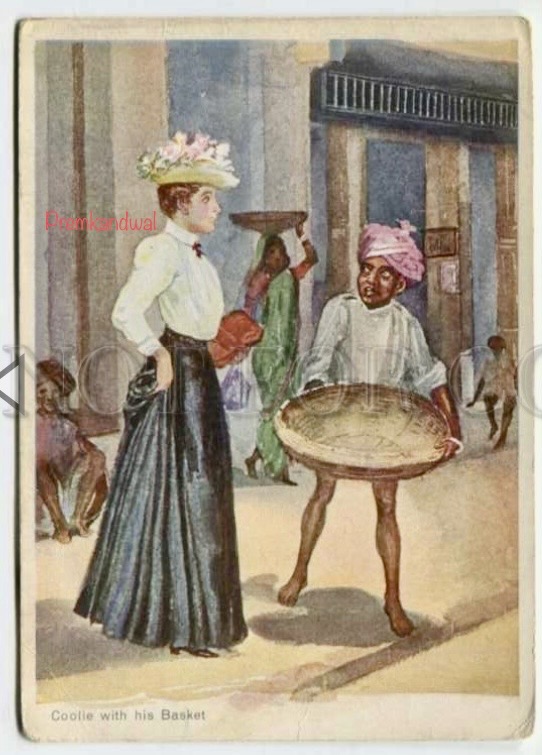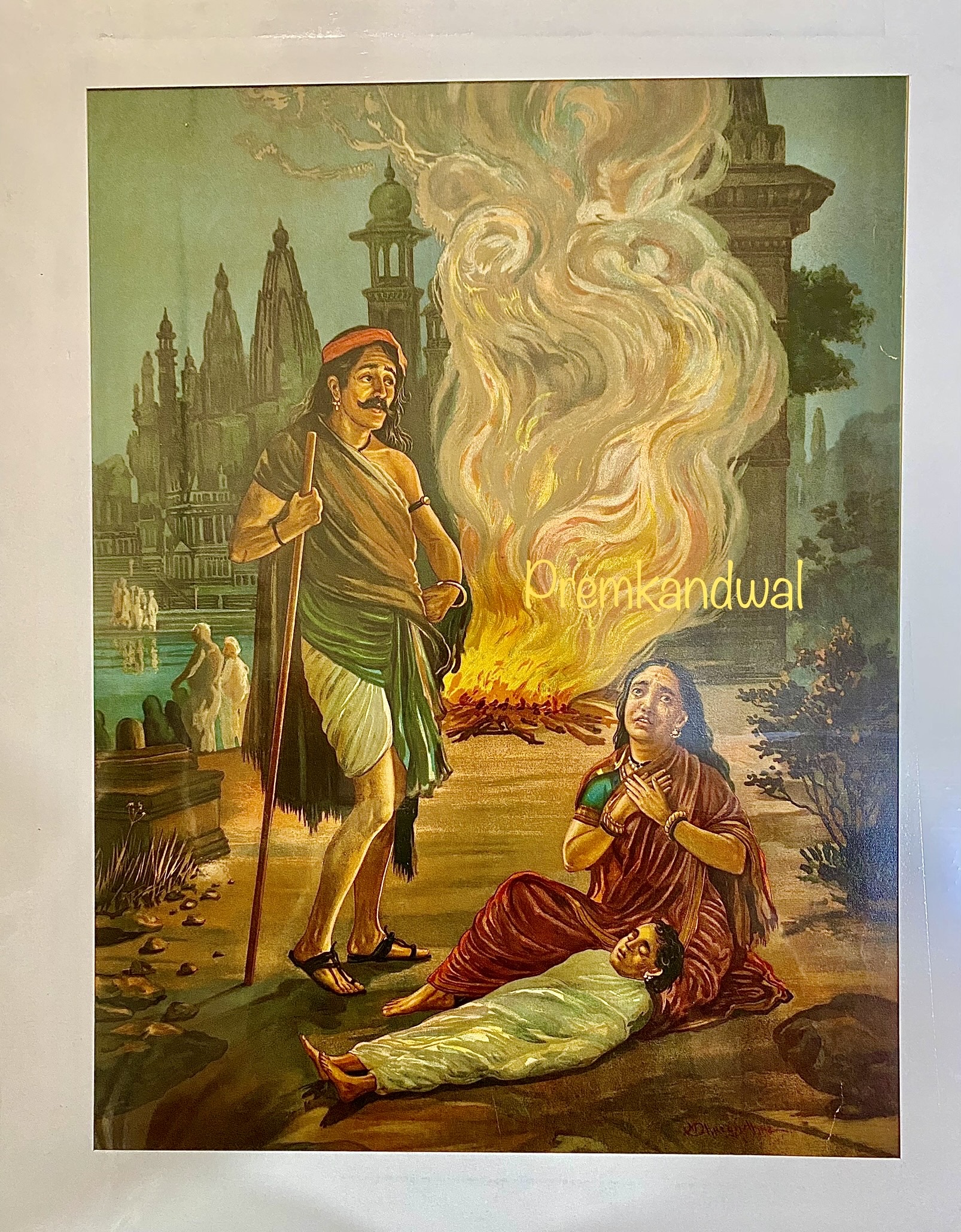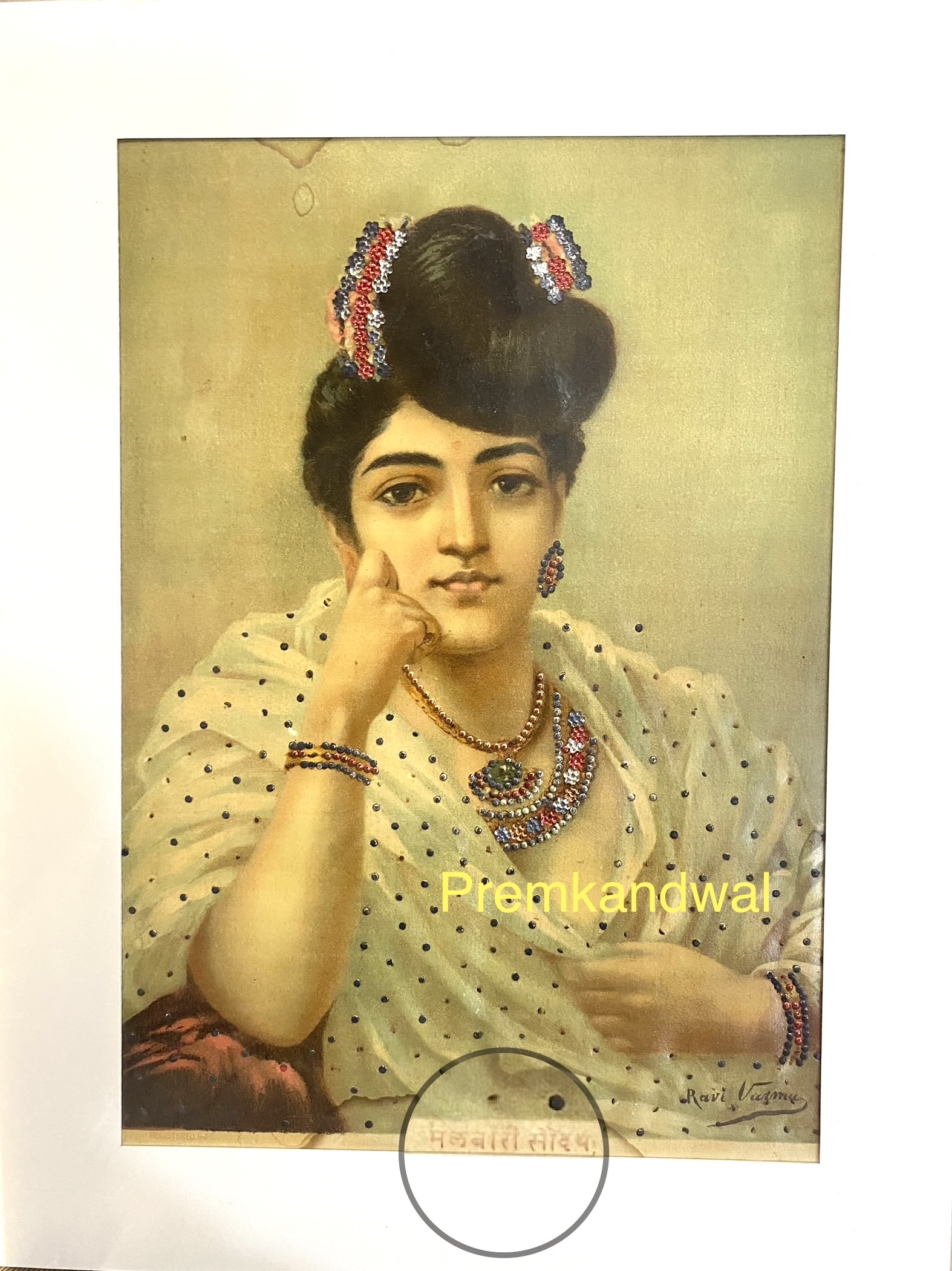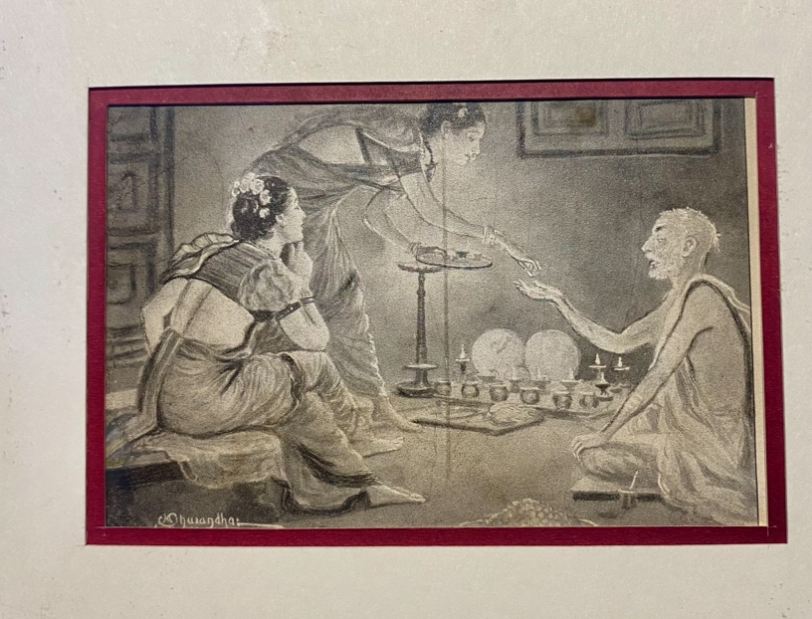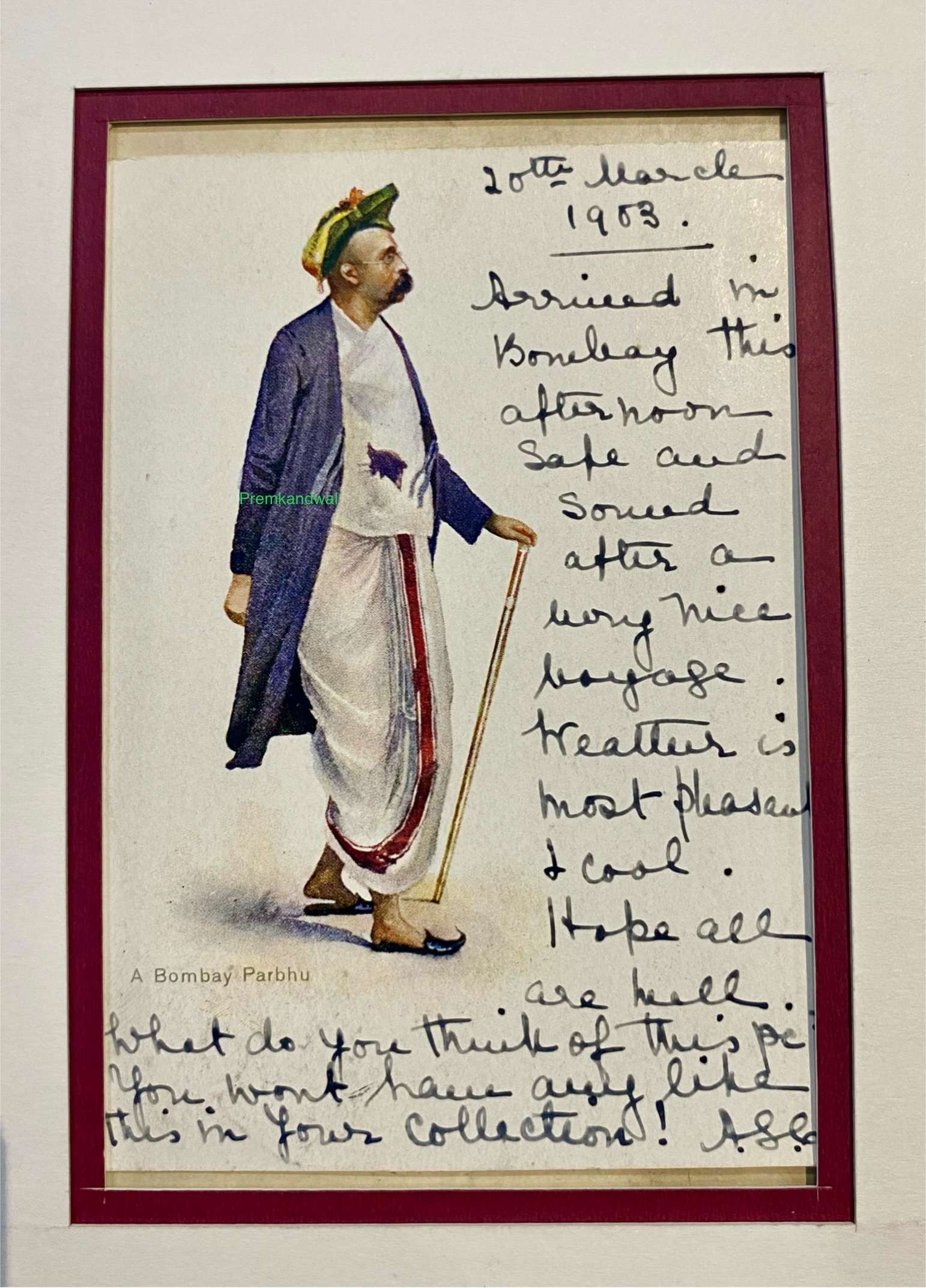About Us
Amarpremlithios is a Delhi based platform for a collection of Indian fine arts and collectibles, built painstakingly over the last three decades. Our extensive collection of Indian popular art covers a period that spans 150 years from the middle of the 19th century and includes lithographs, photographs, tribal & folk art, paintings, fine art prints, advertisements, maps and cinema memorabilia.
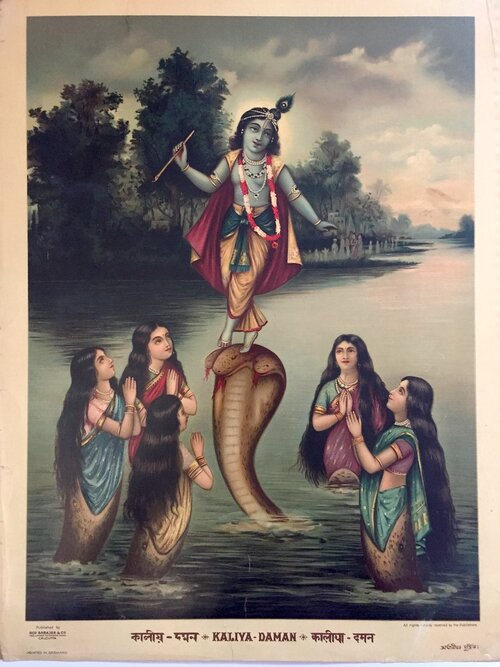
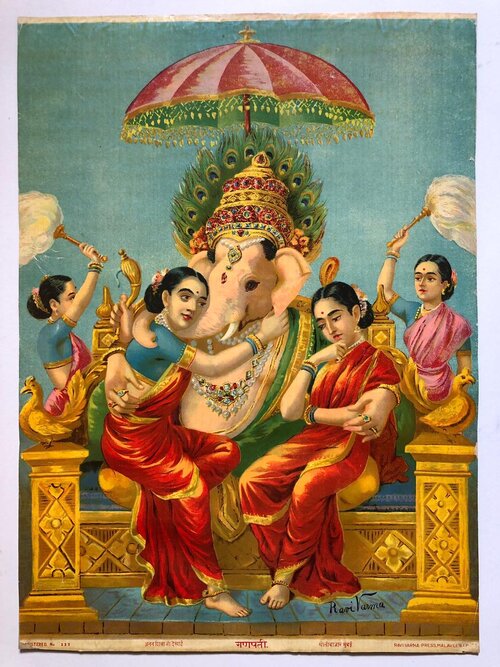
Popular
Best Paintings
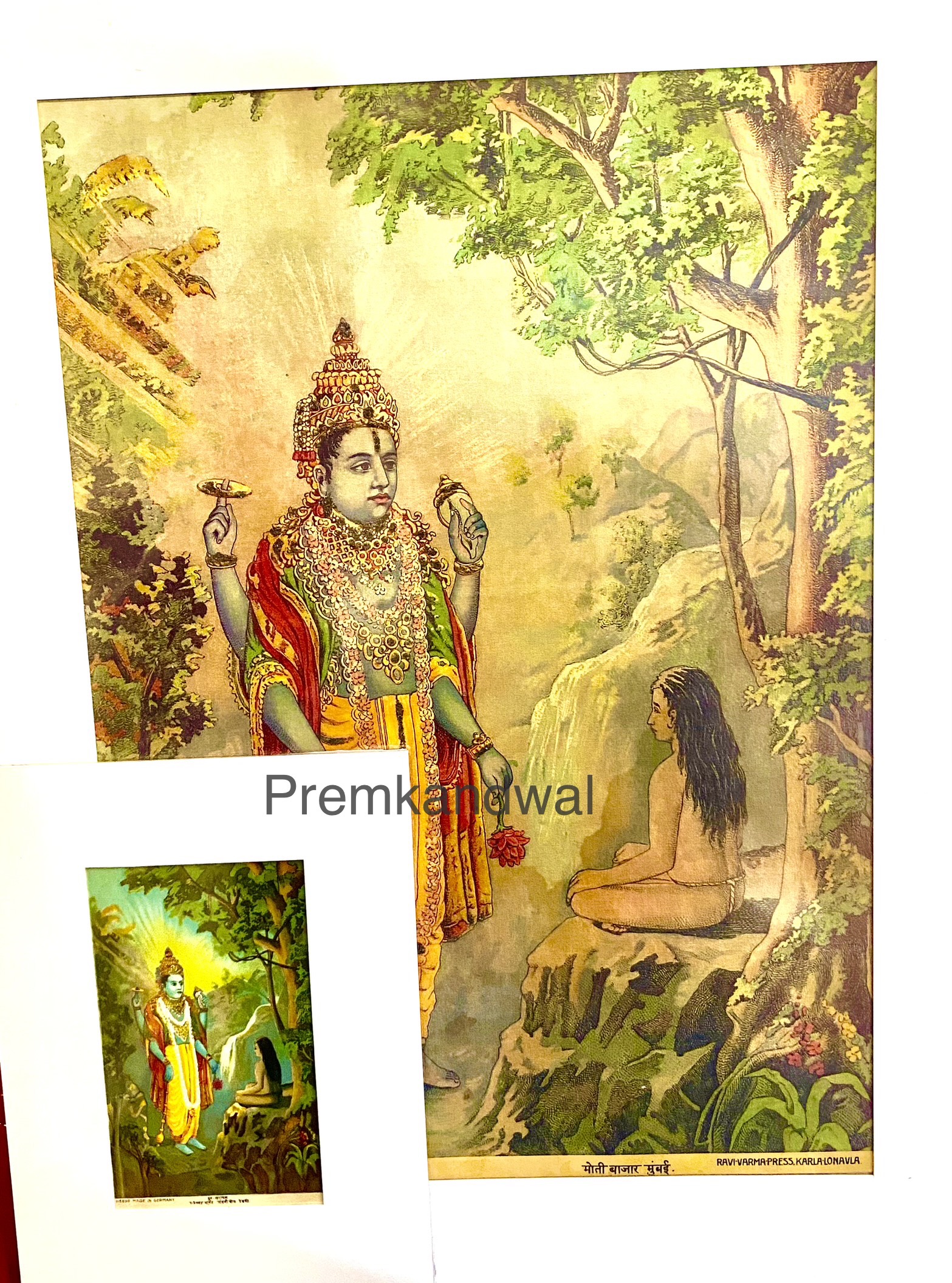
Dhurav-Balak
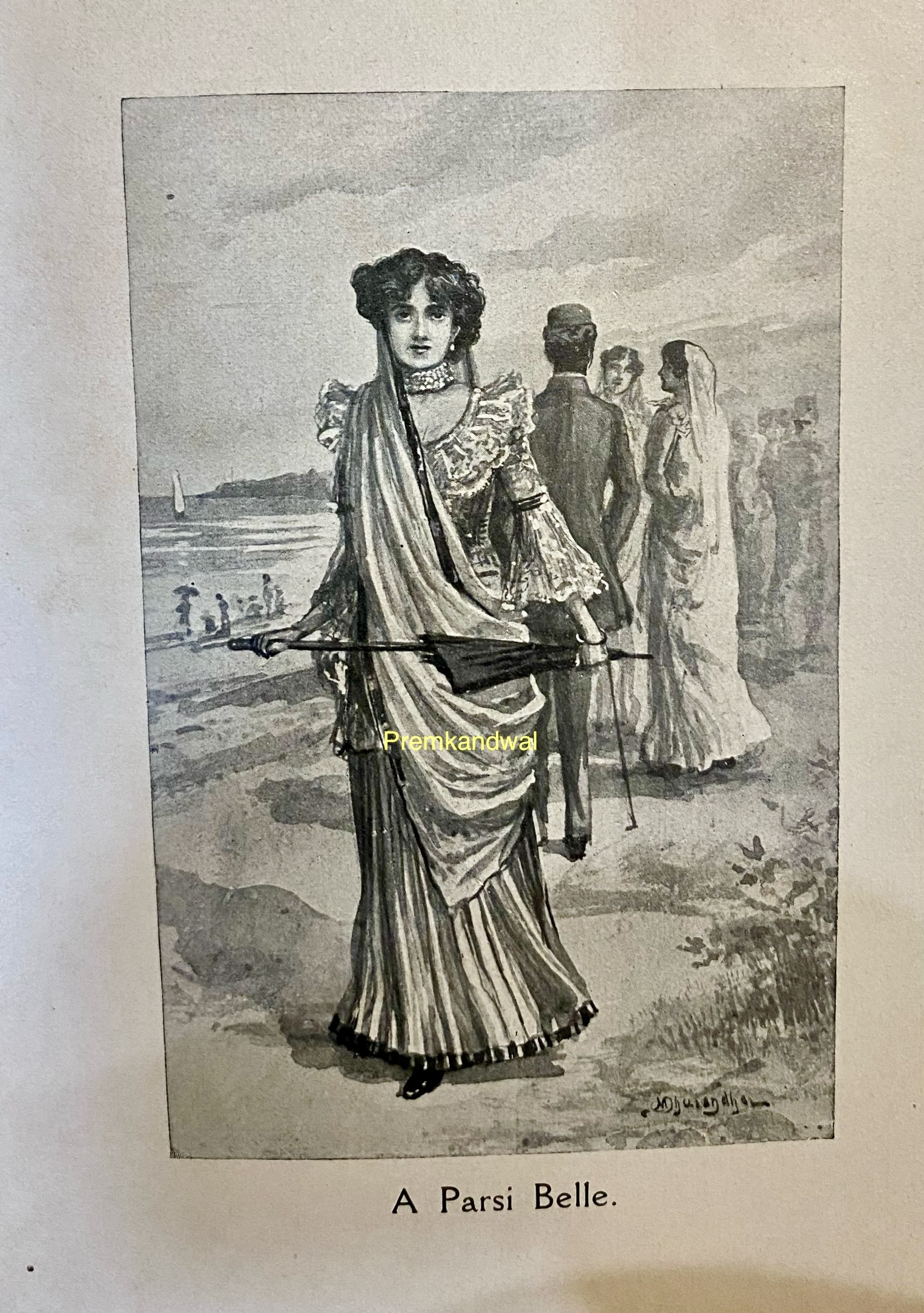
Parse-woman
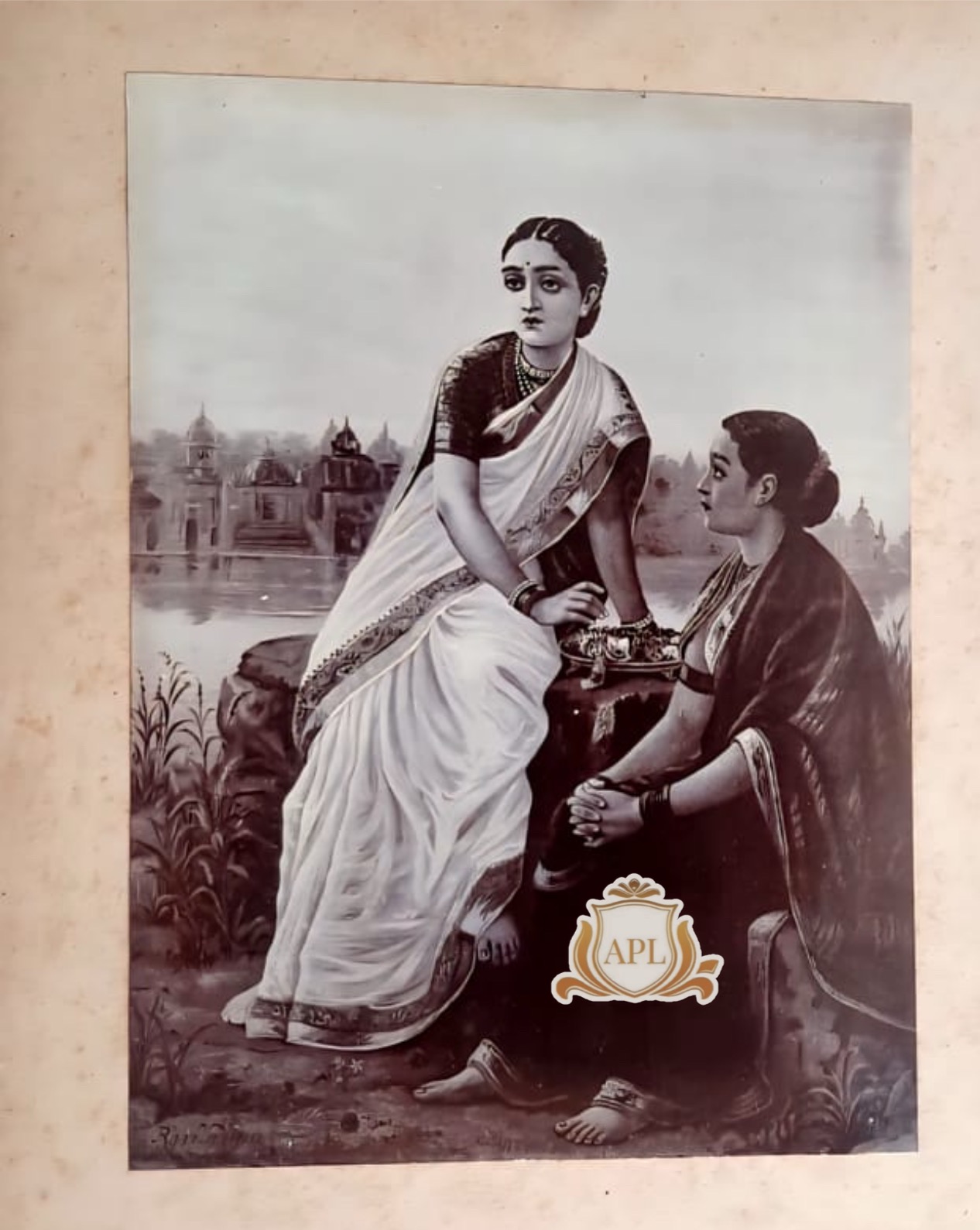
Photo-B4-Ravi-Varma-Press-started
How Raja Ravi Varma’s Art Reached the Masses — The Forgotten Role of Early Photographic Prints.
As many of you may know, the Ravi Varma Press began its first production on 12th July 1894, with the lithograph titled Shakuntala Janam. But have you ever wondered how his work gained such widespread popularity, despite originally being created for royal courts and aristocratic patrons?
The answer lies in a remarkable phase that began even before the press was established.
From Palaces to Public Viewings
By 1890, after completing several masterpieces, Raja Ravi Varma began moving his works from Kilimanoor Palace to Baroda. Some of his iconic paintings were displayed in Trivandrum and Bombay, where they captured the imagination of the public. The overwhelming response led to a new and growing demand — people wanted copies of these artworks.
The Pioneers of Photographic Reproduction
To meet this surge in public interest, a few pioneering photographers and patrons stepped in:
• V.G. Chipulkar
• S.N. Joshi
• C. Raja Raja Varma (Ravi Varma’s brother)
• King of Aundh, Balasaheb Pantapratinidhi
They began photographically reproducing Ravi Varma’s paintings — often in sepia or black and white, typically in 12 x 10 inch sizes. These prints served as affordable alternatives for the those who can't afford his original works, bridging the gap between original paintings and later lithographic prints.
A Critical Stopgap: 1890–1906
This photographic reproduction phase, spanning roughly 1890 to 1906, played a crucial stopgap role until the Ravi Varma Press could begin full-scale colored lithograph production. These prints not only made his work accessible but have also proven invaluable for:
• Restoration efforts
• Conservation references
• Historical documentation
Many of these early photographs are now recognized for their cultural and commercial value, with some showcased in Google Arts & Culture’s digital museum.
Featured: All Famous paining Black & white & Sepia tone
We are pleased to share from our collection a rare photographic print:
“Shantanu Matsyagandha” (also known as Satyavrati Shantanu),
taken in 1893, size 12 x 10 inches.
This image remains a silent witnessto an era when art transitioned from the halls of royalty to the homes of common people.
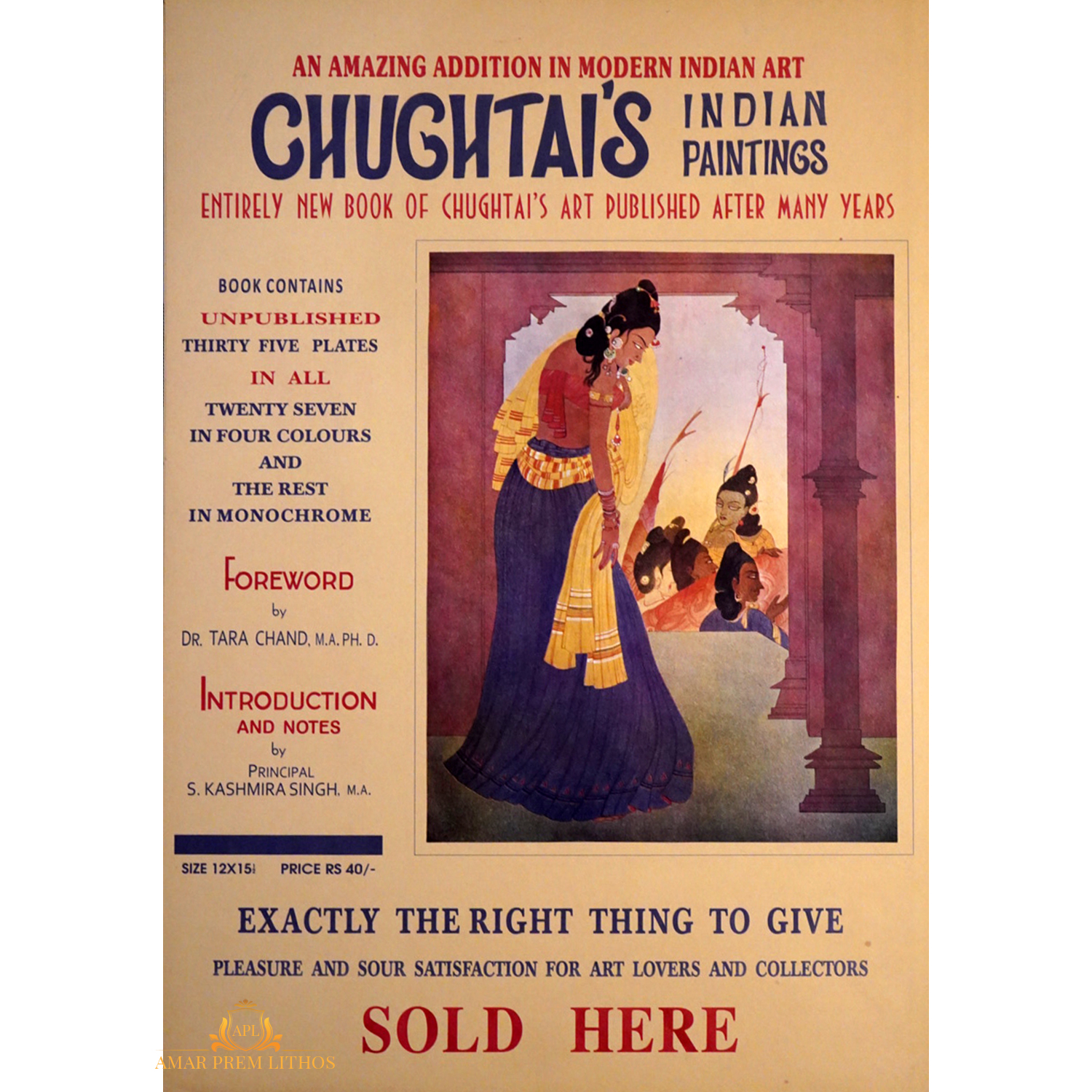
Chugtai-Book-Launch-Poster-1950
Become a
Amarpremlithios
- Unlimited General Admission
- Free Tickets to Special Exhibitions
- Access to a Member Entrance
